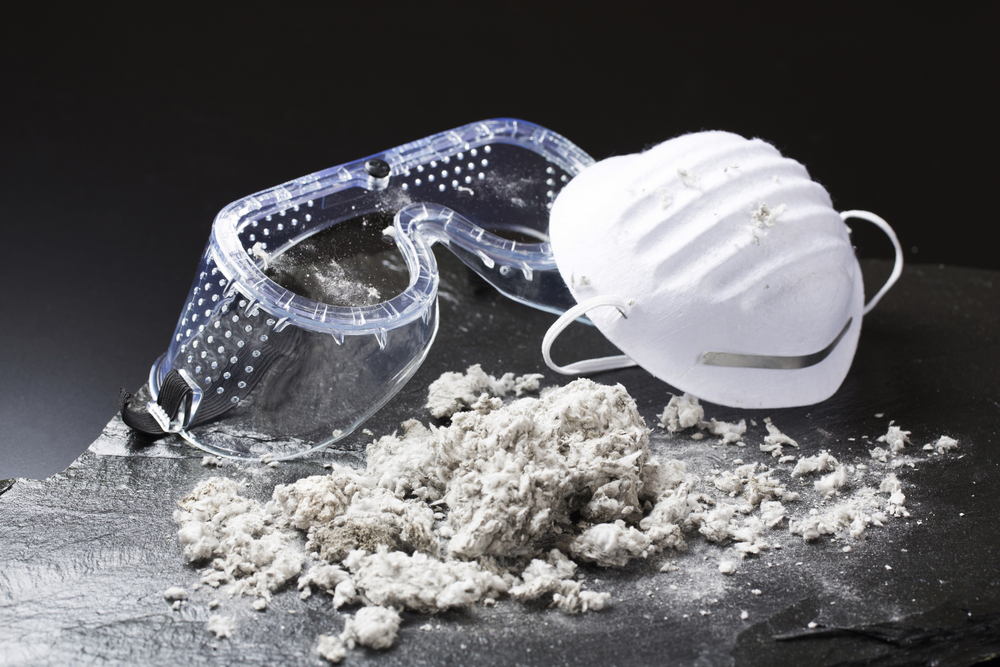The only known form of asbestos still imported into the United States has been proposed to be banned by the EPA.
Chrysotile asbestos is utilized in asbestos diaphragms, sheet gaskets, brake blocks, aftermarket automotive brakes/linings, other vehicle friction products, and other gaskets also imported into the United States.
The proposed rule banning the import of this substance is the “first risk management rule issued under the new process for evaluating and addressing the safety of existing chemicals under the Toxic Substances Control Act (TSCA) that was enacted in 2016,” an EPA news release says.
“Today, we’re taking an important step forward to protect public health and finally put an end to the use of dangerous asbestos in the United States,” says EPA Administrator Michael S. Regan. “This historic proposed ban would protect the American people from exposure to chrysotile asbestos, a known carcinogen, and demonstrates significant progress in our work to implement the TSCA law and take bold, long-overdue actions to protect those most vulnerable among us.”
Asbestos use, which has been conclusively linked to cancer, has been banned in more than 50 countries and has been on the decline in the United States for many years.
One holdout has been the chlor-alkali chemical industry, which imports raw chrysotile asbestos to manufacture chlorine utilized in drinking water treatment. There are alternatives to the asbestos-containing diaphragms utilized in the process, and the use of alternative diaphragms currently accounts for more than half of U.S. chlor-alkali production, according to the EPA.
“There are only 10 chlor-alkali plants in the U.S. that still use asbestos diaphragms to produce chlorine and sodium hydroxide,” the EPA press release adds. “One plant is expected to close this year. The nine remaining chlor-alkali plants using asbestos diaphragms range in age from 40 to 123 years old and none have increased use of asbestos diaphragms in approximately 17 years. The use of asbestos diaphragms has been declining and these remaining plants only account for about one-third of the chlor-alkali production in the country.”
The TSCA risk assessment, released in December 2020, found unreasonable human health risks from use associated with six categories of products.
“To address these unreasonable risks, the proposed rule would prohibit manufacture (including import), processing, distribution in commerce, and commercial use of chrysotile asbestos for six categories of chrysotile asbestos-containing products: asbestos diaphragms, sheet gaskets, oilfield brake blocks, aftermarket automotive brakes and linings, other vehicle friction products, and other gaskets,” continues the EPA press release. “The proposed prohibition on the manufacture, processing, and distribution in commerce will also address consumer exposure to chrysotile asbestos. The prohibitions relating to asbestos diaphragms and sheet gaskets for commercial use are proposed to take effect two years after the effective date of the final rule; the proposed prohibitions relating to oilfield brake blocks, aftermarket automotive brakes and linings, other vehicle friction products, and other gaskets for commercial use are proposed to take effect 180 days after the effective date of the final rule.”
The rule also proposes targeted disposal and recordkeeping requirements, which would take effect 180 days after the effective date of the final rule.
History
The EPA originally banned asbestos in 1989, but a 1991 court decision overturned the ban and weakened the EPA’s authority under TSCA to address chemical risks. The 2016 TSCA amendments restored the EPA authority by transforming the law to provide clear requirements and a mandate to prioritize, evaluate, and provide protections against unreasonable chemical risks.
Other actions
“Separately, EPA is also evaluating legacy uses and associated disposals, other types of asbestos fibers in addition to chrysotile, and conditions of use of asbestos in talc and talc-containing products in a supplemental risk evaluation for asbestos,” states the EPA news release. “EPA released the draft scope for the second part of the asbestos risk evaluation in December 2021 and will publish the final risk evaluation by December 1, 2024.”

